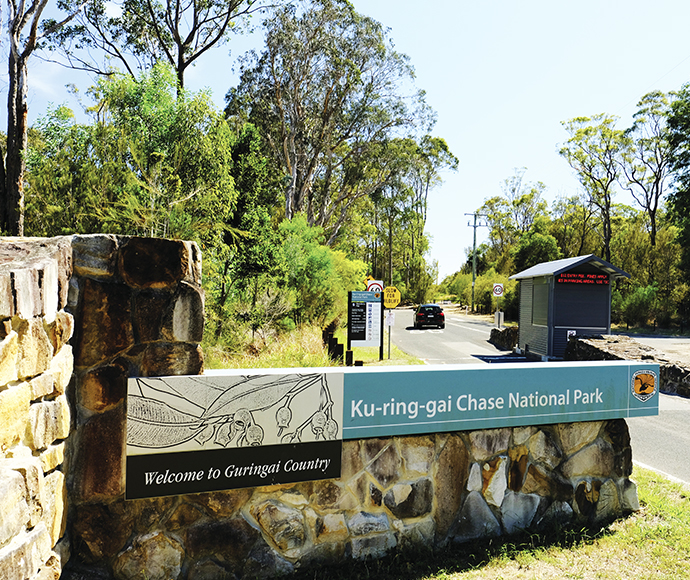Visiting a NSW National Park will soon become much easier with the introduction of digital park passes from 20 April 2021.

National Parks and Wildlife Service (NPWS) Executive Director Andrew Nicholls said visitation to parks surged during the COVID-19 pandemic and the Service experienced one of its busiest summers.
"With more and more people visiting national parks we want to make their trip as enjoyable and relaxed as possible, including streamlining the collection of entrance fees," Mr Nicholls said.
"From 20 April 2021 digital passes will be available when people purchase or renew their annual or concession pass.
"This means no more waiting for stickers in the mail or needing to display them on your vehicle, you can get your digital pass from your mobile or other connected device.
"Digital passes will be linked to vehicle registration and NPWS will start to use number plate recognition technology to confirm that entrance fees have been paid.
"The move to digital passes will occur in stages over the next two years, starting with annual and concession passes and day tickets in Sydney.
"Ticket machines in Royal, Ku-ring-gai Chase, Lane Cove and Sydney Harbour National Parks will soon have the option to link your day entrance fee to your vehicle license plates so you don't need a ticket on your dashboard.
"This new way of paying will help to reduce queues at entrance stations, ticket machines and visitor centres.
"Eligible pensioners and concession card holders will continue to get free entry to national parks.
"They will soon be able to move to this more secure system that links their pass to their vehicle, or one registered at their home address," said Mr Nicholls.






